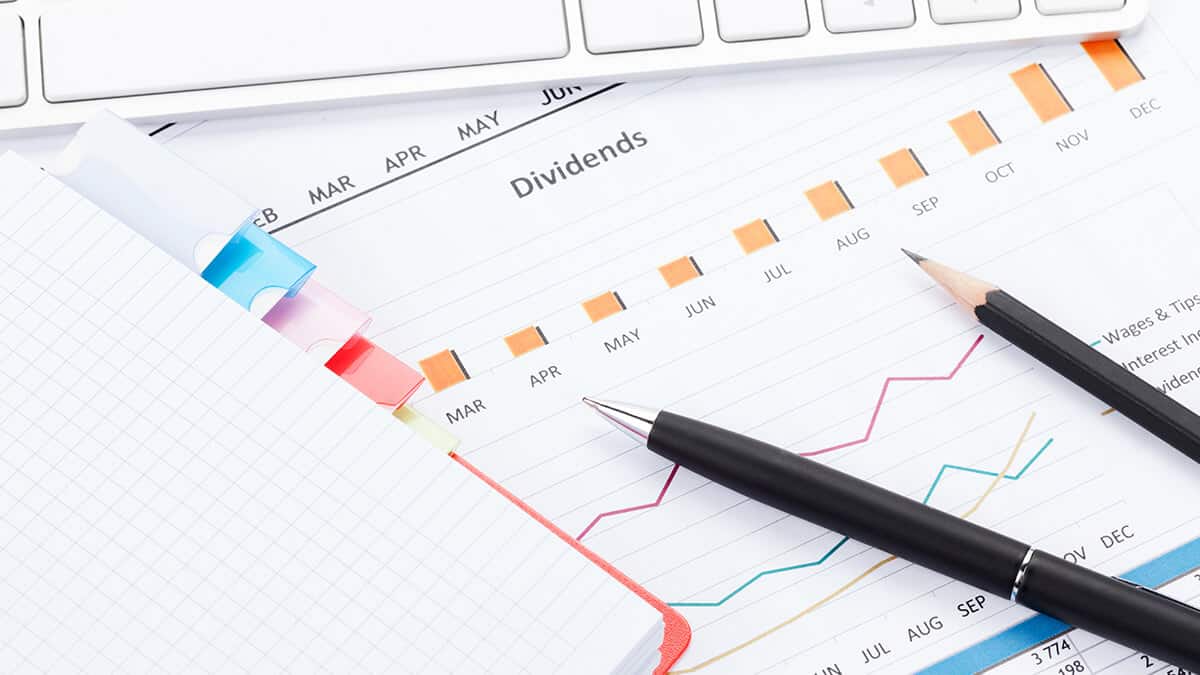It’s an understatement to say the 2022 financial year was challenging, as financial markets grappled with uncertainty, volatility and the fog of war.
New strains of Covid and the Russian invasion of Ukraine put renewed pressure on already disrupted supply chains and pushed up prices.
In the latter months of the year, central banks responded to rising inflation by rapidly unwinding the stimulus measures put in place at the peak of the pandemic and jacking up interest rates. Markets tumbled on concerns that rapid and aggressive rate hikes by central banks would tip economies into recession.
As you can see from the table below, only commodities and real property recorded above-inflation returns in the year to June. This will be reflected in the annual performance of superannuation funds, as Australians brace for a fall in their retirement savings for only the fifth time since compulsory super was introduced in 1992.
Research houses Chant West and SuperRatings expect growth and balanced super options with 60% to 80% exposure to growth assets such as shares to report an average return of between minus 3% and minus 3.5%.
Table 1: Annual change in value to 30 June 2022
| Shares | |
| MSCI World Index (excl. Australia) | -14.7% |
| US S&P 500 | -11.9% |
| ASX 200 | -10.2% |
| Interest rates | |
| Cash rate | +75 basis points |
| Australian 10-year bond | +2.14% |
| US 10-year bond | +1.46% |
| Currency | |
| $US per $A | -8.4% |
| Trade weighted index | -1.4% |
| Commodities | |
| Iron ore | -40.5% |
| Oil | +43.9% |
| RBA commodity index | +24.3% |
| Australian residential property | |
| CoreLogic Home Value Index | +11.2% |
Source: various

















